Search
Search Results
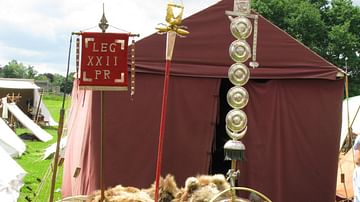
Article
Legions of the Rhine Frontier
After Julius Caesar’s (100-44 BCE) conquest of Gaul, Roman legions pushed the borders of the Roman Empire’s frontier to the banks of the Rhine River. Augustus (r. 27 BCE - 14 CE) divided the newly acquired region into three provinces: Gallia...
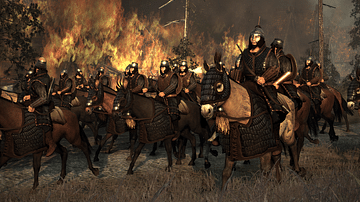
Article
The Battle of the Catalaunian Fields
The Battle of the Catalaunian Fields (also known as The Battle of Chalons, The Battle of Maurica) was one of the most decisive military engagements in history between the forces of the Roman Empire under Flavius Aetius (391-454 CE) and those...
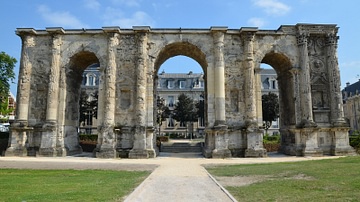
Image
Porte Mars, Reims
The Porte Mars, is an ancient Roman triumphal arch in Reims (Roman Durocortorum, capital of Gallia Belgica) dating from the 3rd century CE. It is the widest arch in the Roman world.
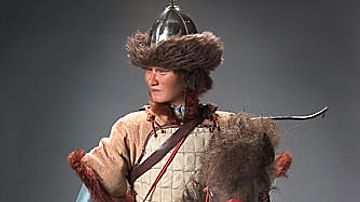
Definition
Attila the Hun
Attila the Hun (r. 434-453 CE) was the leader of the ancient nomadic people known as the Huns and ruler of the Hunnic Empire, which he established. His name means "Little Father" and, according to some historians, may not have been his birth...
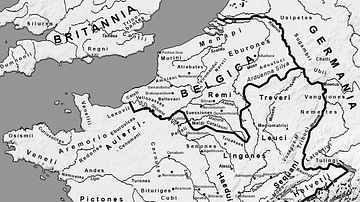
Image
Map of Gaul
A map of Gaul indicating the local tribes, regions, and cities, circa 54 BCE.

Image
Roman Bridge, Pont Julien
The Roman bridge Pont Julien in southern France is a three arched bridge built in 3 BCE over the Calavon river on the Via Domitia, an important Roman road that connected Italy and Spain through the Roman province of Gallia Narbonensis.

Image
Caesar's Campaign against the Belgae
A map of Caesar's campaign against the Belgae tribe in Gaul, 57 BC.
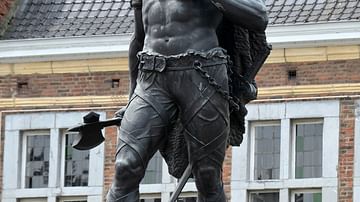
Image
Statue of Ambiorix
19th century CE statue of Ambiorix, prince of the Eburones (1st century BCE), in Tongeren, Belgium.
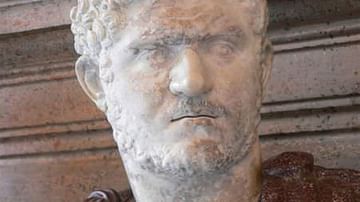
Definition
Caracalla
Caracalla was Roman emperor from 211 to 217 CE. Born Lucius Septimius Bassianus, son of Septimius Severus and Julia Domna, he became co-ruler with his father in 198 CE and sole ruler after the death of his father in 211 CE and of his brother...
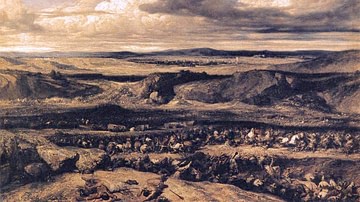
Definition
Cimbri
The Cimbri were a tribe who lived in northern Jutland during the Roman era. Their ethnicity is enigmatic; scholars generally believe that the Cimbri were Germans, though others maintain that they were Celts. The late 2nd-century BCE migration...